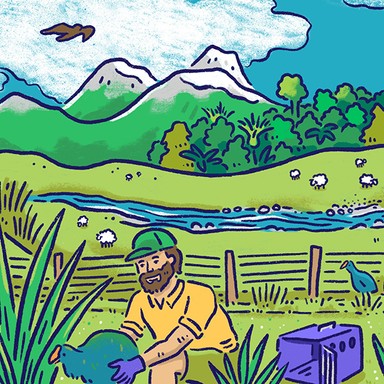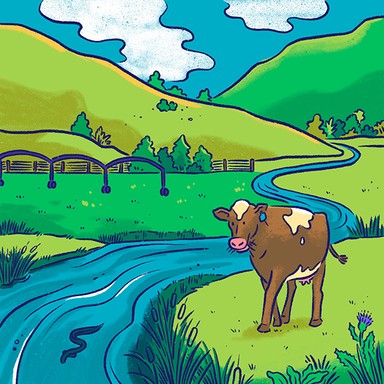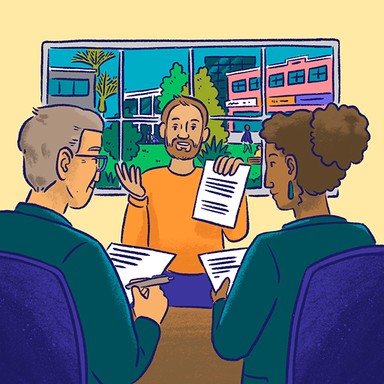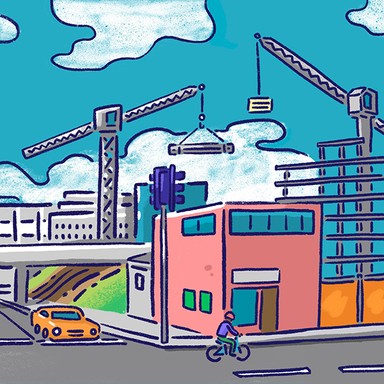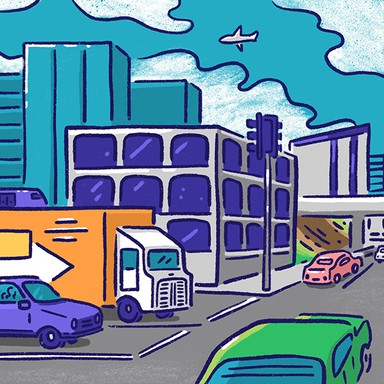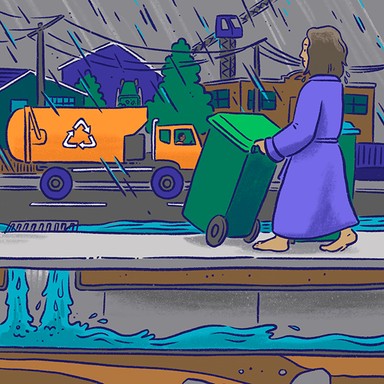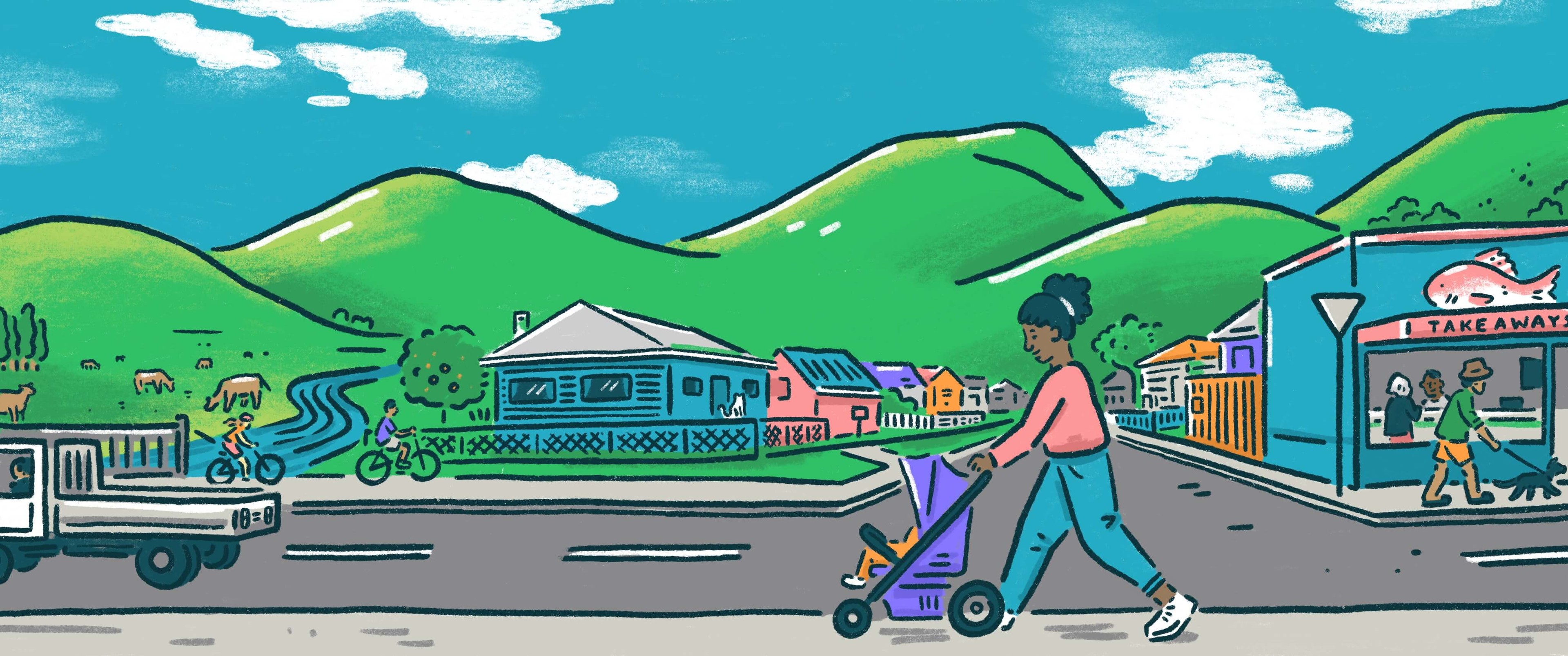
Gisborne District Council
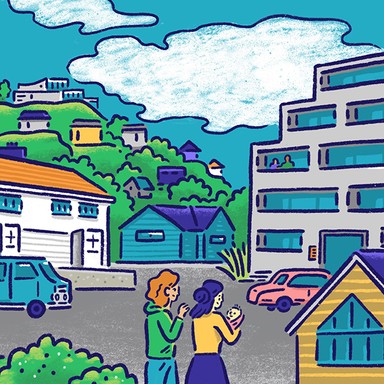
Housing and planning
Local councils are responsible for land use planning under the Resource Management Act, which affects where and how new houses are constructed, as well as the design of cities and towns. In some areas, councils also provide housing to those who need it most.

Housing and planning
Local councils are responsible for land use planning under the Resource Management Act, which affects where and how new houses are constructed, as well as the design of cities and towns. In some areas, councils also provide housing to those who need it most.
Reduce the red tape required and costs associated to build on Māori-owned land in regards to infrastructure, eg plumbing, electricity.
Collaborate with agencies to ensure every house in the Tairāwhiti is warm and dry.
Commit to eradicating homelessness in Tairāwhiti.
Familiarise and influence the development of the Resource Management Act reform.
Ensure that council consent and planning processes are accessible, affordable and appropriate.
Support Māori land owners to build on their whenua.
Stop building and development on land best classified for food production. Soil degradation is the number one global environmental issue.
Collaborate better with iwi and other agencies to address the homeless problem in Tairāwhiti.
Build more affordable three storey dwellings.
Review council housing and look at aging population.
Review building consents, a process that allows effective growth with an eco lens.
Create a plan with local government agencies for homelessness, this reality right now.
Assist in establishing a community homeless space by 2026.
Identify all land that could be used for housing in the ward and implement bylaw and zone changes to enable building by 2026.
Approve papakainga zonings at all suitable marae within the ward by 2026.
Council lead a multi agency program to assist homeless Whānau into safe and supportive accommodation.
Streamline building consent processes and remove barriers to reflect the value of proposed developments particularly in affordable housing.
Establish an iwi, council and crown task force to drive and give support to the next 25 years of developments across the region.
Remove barriers, provide greater support in filling in of consents to build, clearing rates arrears for owners who intend to build houses.
Development of council housing must consider 1) Type of community the housing encourages. 2) The effect on the immediate community.
Go out not up, our community knows that having a piece of grass to play on with your siblings, cousins and neighbours builds community.
Reduce the red tape required and costs associated to build on Māori-owned land in regards to infrastructure, eg plumbing, electricity.
Collaborate with agencies to ensure every house in the Tairāwhiti is warm and dry.
Commit to eradicating homelessness in Tairāwhiti.
Familiarise and influence the development of the Resource Management Act reform.
Ensure that council consent and planning processes are accessible, affordable and appropriate.
Support Māori land owners to build on their whenua.
Stop building and development on land best classified for food production. Soil degradation is the number one global environmental issue.
Collaborate better with iwi and other agencies to address the homeless problem in Tairāwhiti.
Build more affordable three storey dwellings.
Review council housing and look at aging population.
Review building consents, a process that allows effective growth with an eco lens.
Create a plan with local government agencies for homelessness, this reality right now.
Assist in establishing a community homeless space by 2026.
Identify all land that could be used for housing in the ward and implement bylaw and zone changes to enable building by 2026.
Approve papakainga zonings at all suitable marae within the ward by 2026.
Council lead a multi agency program to assist homeless Whānau into safe and supportive accommodation.
Streamline building consent processes and remove barriers to reflect the value of proposed developments particularly in affordable housing.
Establish an iwi, council and crown task force to drive and give support to the next 25 years of developments across the region.
Remove barriers, provide greater support in filling in of consents to build, clearing rates arrears for owners who intend to build houses.
Development of council housing must consider 1) Type of community the housing encourages. 2) The effect on the immediate community.
Go out not up, our community knows that having a piece of grass to play on with your siblings, cousins and neighbours builds community.
Mayor
Compare the mayoral candidates in your area
Local council
Compare the candidates for your city or district council
Regional council
Compare the candidates for your regional council
Local board
Compare the candidates for your local or community board

